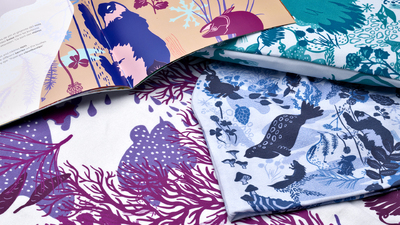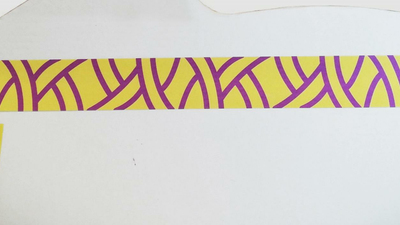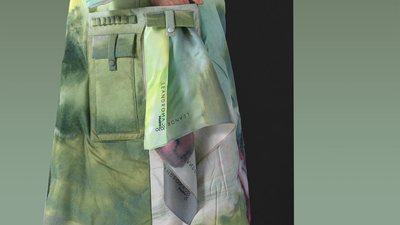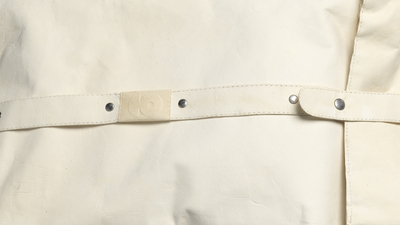Common Sands
The idea
Hi, we are Studio Plastique. We initiated the project common sands about 3 years ago. It started as research into the abundant resources available as trash from e-waste.
For design, the material is an important ingredient. So it occurred quite naturally to us to start by questioning the resources that are needed for the making of new products.
The birth of the project
We realised also that sand tops everything in term of importance for our current civilisation. Sand, in fact, is the 3rd most consumed resource on earth, after air and water.
It is commonly perceived as a rather banal material. We enjoy it on our beaches, but few know it makes our electronic devices function, our homes light and warm, our communication fast (and ever faster)… to name a few.
The creative process
Our journey then led us to understand that at the end of life, the recycling of technical glass is currently problematic for practical and economic reasons. An opportunity for design as we practice it.
We applied our skills and expertise as designers for the development of new perspectives and potential for silicate waste materials. Considering the scarcity of natural sand, the challenge today lays in finding new applications for those local resources.
The collaboration
With the help of Worth and our partner Arcam Glass, we were able to exploit the unique properties of the waste glass to create attractive products, where standardised processes have failed so far. We have let the glass lead our way, form followed material you can say.
The vases and hooks we designed to carry that DNA, specific to those local materials of global heritage. All while reducing the impact on the environment in comparison with the use of raw natural resources.
The future
Millions of tonnes of e-waste silicates „disappear“ each year in the EU, ending in landfill.
Making Common Sands ready for the market will therefore be an evident next step for the project to become a reference in terms of economic and ecologic impact and future vision for tackling the available abundance.
The message
As designers, we hope to invite cross-disciplinary collaboration between experts in all fields. We believe this to be essential for Europe to be a strong, progressive, and innovative territory.






















































































